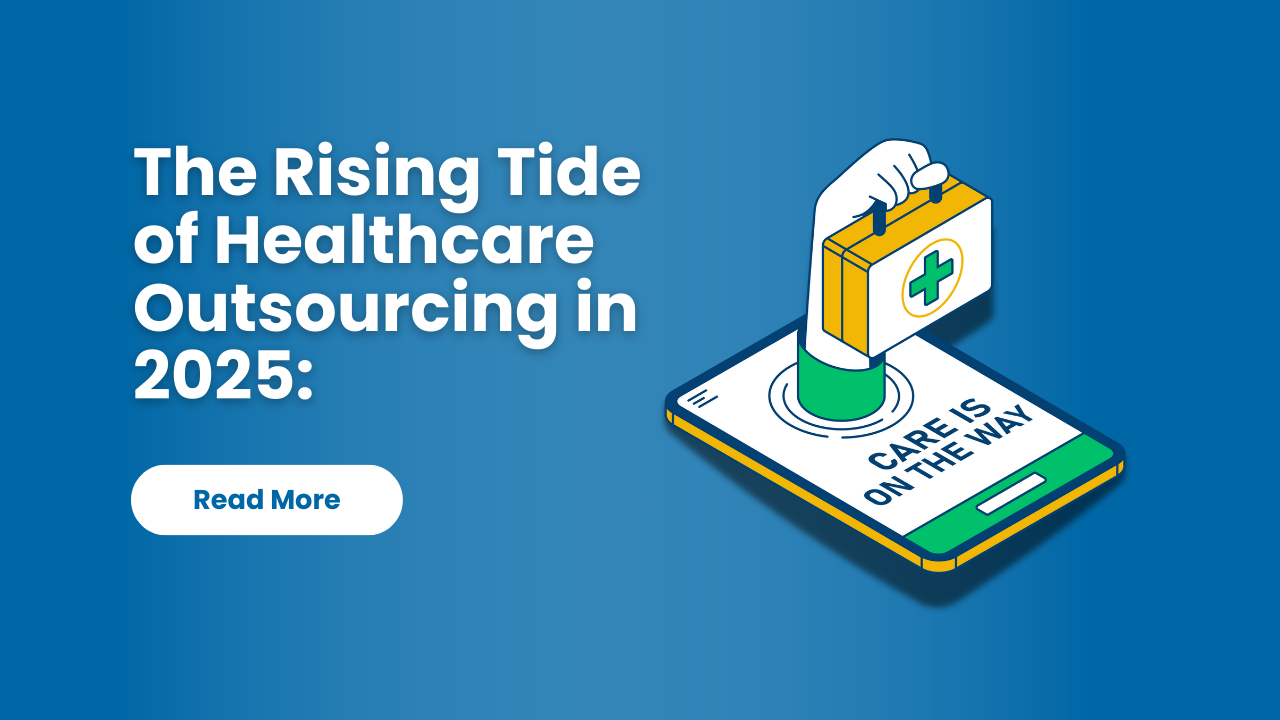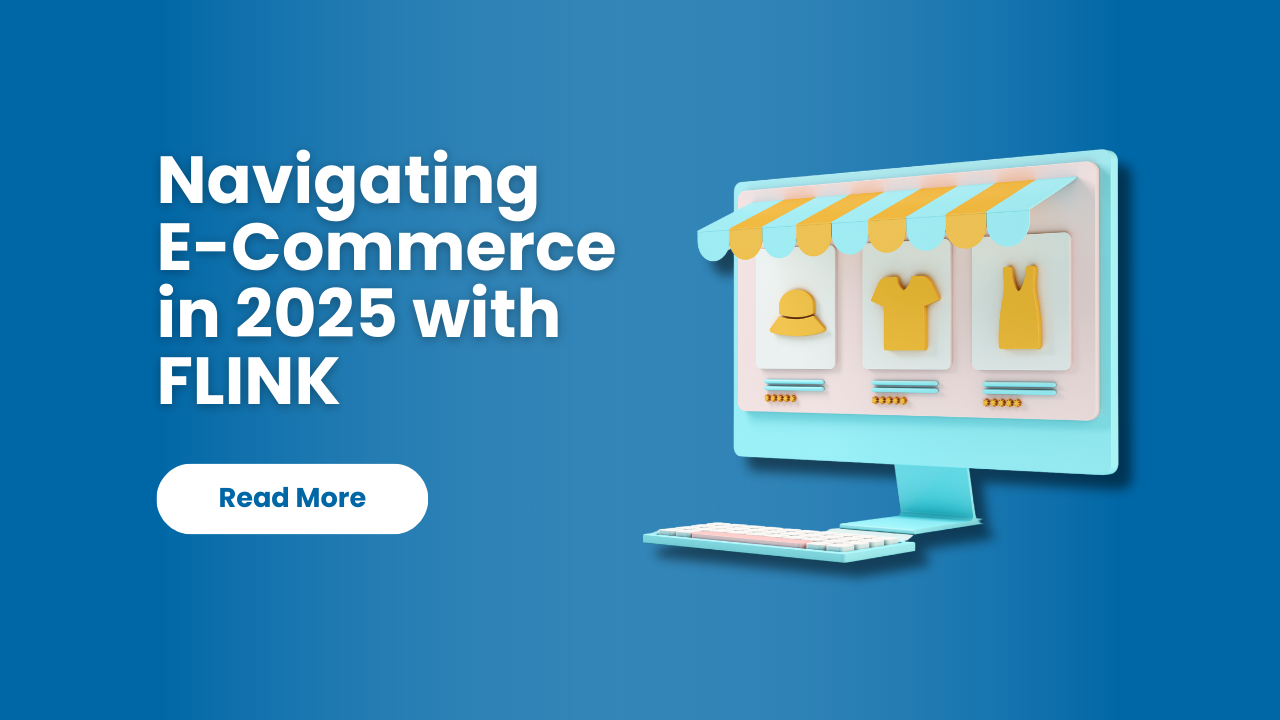According to Altexsoft, a technology and solution consulting company, duplication is so infused in the insurance job sector that they estimated a shocking 1 million insurance jobs can be automated in the US alone. Deloitte, also, says that only 4% of millennials are interested to work in the insurance industry; opting for technology, consulting, or financial firms instead. Consequently, insurance companies do not often have enough technically-skilled employees. Moreover, one of the consequences of the COVID pandemic is that clients are leaning towards insurance providers with resilient digital competencies. This is even more apparent by PWC’s recent survey that provides a shocking 41% of consumers are estimated to switch their insurance companies for a digital one. All these reasons push forward the notion of InsurTech more than ever.
Today, we are seeing more and more utilities and technologies insurance is becoming inclined towards, in order to save time and direct employees to their core tasks. One of which is claims management, where it begins with claim registration all the way to the insured party’s payments. Claims management software works for both the insured and the insurer simultaneously; ultimately saving time in their claim-handling process, while reducing the company’s labor costs through automation. Another example of cost-saving technologies is digitalizing paper records with optical character recognition and the use of chatbots. For more information regarding InsurTech and claims, click on our blog here.
Today, close to 61% of customers favor monitoring their application status with the use of digital tools. Haven Life, for example, condensed time to process applications from what was typically 1-2 weeks to 20 minutes via their website’s online questionnaire. In 2019, insurers spent nearly $225 billion on IT. So, what are some of the latest InsurTech trends?
Personalized Insurance Pricing with IOT (Internet of Things) and Social Media
Until recently, the only means to provide risk assessment was through impersonalized datasets. However, now with the availability of social media and endpoint devices, an assembly of vast amounts of personal data can be provided. This can help both parties involved; clients getting cheaper and better coverages, while insurers obtaining more precise risk assessment with satisfied customers. The only problem that comes to mind is whether clients are to provide their personal information? Well, a recent Accenture study validates that more than ¾ of customers are ready to do so, in hopes of getting cheaper and more personalized offers.
Connected and wearable devices can provide deep insights into a customer’s physical conditions, ranging from blood pressure to temperature and pulse. The insurer and underwriters can, now, access a broad range of highly personalized records, and explore a client’s lifestyle patterns. Access to clients’ social media networks can be of use, as well; revealing a person’s risk tolerance through the use of machine learning and other predicative analytics techniques. RGAX, a company that offers dental insurance, uses call center data and IoT technology to pinpoint customer emotions during phone calls; as a result, analyzing the level of customer satisfaction. Through the use of a smart toothbrush that tracks how well clients care for their teeth, the company provides a personalized insurance plan. Ultimately, according to the company, it ends up offering up to 25% lower rates compared to its competitors.
Telematics and Auto Insurance
Telematics insurance is basically car insurance products that are grouped together and installed in automobiles. These advanced tools include a GPS system, a SIM card and motion sensors with analytics software; tracking clients’ location, speed, driving distance and even accidents. How does this work? The system, initially, processes the information it gathers, and sends it to the insurer via mobile internet. Then, further analysis is put into action and added to the customer’s personal account. As a result, insurance providers can tailor insurance plans, and improve risk management. In case any irresponsible driving is to occur, the company can then increase charges. Due to their online presence, they can even notify the police, in case of accidents.
A UK-based telecommunication company, O2, has adopted this idea and launched a car insurance product, with the aim of providing better prices to customers that drive safely. Through their mobile app, clients can track their driving progress, and get tips on improving their driving risks. The adoption of telematics fuels on business models such as: UBI (usage-based insurance), PHYD (pay how you drive), and PAYD (pay as you drive).
Insurance Blockchain
The insurance industry has many problems that vary from fraud to human errors and cyber-security. Investopedia explains that blockchain is “a specific type of database”. Euromoney, additionally, elaborate that this is a systemized digital ledger in which transactions of cryptocurrency are kept and preserved across an entire network of computers. A combined number of transactions are present in each block, and new transactions are recorded, when added.
According to BuiltIn, blockchain in insurance works on 3 main features: smart contract, automation and cyber-security. InsurTech Innovation Leader EMEA and Senior Director at Willis Towers Watson, Magdalena Ramada-Sarasola, says that blockchain has the potential to generate disruption in the insurance industry in six ways:
- Event triggered smart contracts
- Increased back-end efficiency
- Disintermediation
- Better pricing and risk assessment
- New types of insurance
- Reaching the underserved
Are there different types of blockchains? There are two that are used globally:
- Closed (private) blockchain: only allows users, who have been invited, to use the information there. This kind of blockchain would be of interest to insurance companies to use it for billing, administration, and claims payments. Through its use, information that is needed to be shared will only be shared.
- Open (public) blockchain: the information there is open to the public, and it used for governmental or nonprofit organizations.
Initially, automating paying claims was what was considered by insurance companies to use blockchain in. One of the key strengths of blockchain is its ability to aid in automating claim functions, by verifying coverages between reinsurers and insurers. Additionally, it will automate payments between claim parties; consequently, administrative costs for insurance providers will be lowered. By 2030, an analysis by Gartner predicts that blockchain will generate $3.1 trillion in new business value. Altexsoft, also, envisions a future with life insurance applications being submitted through the use of blockchain.
A smart contract, according to PwC, is a computable agreement that is digitally-signed between a number of parties. A software agent, being a virtual third party, can enforce some of the terms of such agreement. Smart contracts allow the information to be shared in a secure, efficient manner. For instance, insurance claims are paid, when an insured person’s car is in an accident. The use of smart contract in blockchain allows such payments to be completed without any human interaction. This is due to the secure automation of information-processing that is previously mentioned. Subsequently, this technologically-advanced agreement will be of impeccable use to large organizations.
An example of this being put into action is through Blockchain Insurance Industry Initiative (B3i), where Munich Re is a founding member. B3i consists of 15 member companies that are to assess and try the potential of blockchain for insurance.
P2P Insurance
Peer-to-Peer (P2P) insurance is a business model that is swiftly gaining popularity, due to the availability of technological basis. The model necessitates that a network of people agree to cover similar risks, by forming a single finance pool of their premium shares. Insurance companies – the traditional intermediary- is not obligatory in this model. Customers, then, lessen claim conflicts, and minimize their costs, in addition to getting refunds of any available money at the end of each coverage period. Nevertheless, this P2P model is said to have a few drawbacks including: the difficulty in achieving a united consensus, a lack of trust that might prevail among peers, fraud sensitivity and ethical aspects.
What is noteworthy, though, is that P2P insurance has already crossed three central milestones:
- Having a P2P insurance carrier: Besurance. Besurance is an InsurTech platform that offers risk-sharing for insurants with risk similarities. Their software provides relevant groups with an appropriate quotation, with community members assessing and approving claims.
- A distribution of insurance: Friendsurance. This is a startup company that works on connecting groups of people –an average of 10 to 12 insurants- via a mobile app. Claims are reported via Friendsurance, and coverage is received as a result. When a contract expires, customers get their agreed-upon refunds. This company mainly deals with small risks that accompany home insurance.
- A self-governing InsurTech organization: Teambrella. This is a blockchain-based insurance platform. It is a network of P2P, but powered by blockchain. The company uses Ethereum smart contracts for their policy and claim management. Peers discuss claims and meet consensus through transparency and self-regulation. If the claim is approved, all peers share part of their premium with the person involved in the claim.
Better Customer Experience and the Move to New Solutions with FLINK
A relatively high number of insurants are not pleased with their insurance service providers. Insurers tend to provide poor customer experience, asserted by The Morgan Stanley and BCG studies. Additionally, Statista claims that only 36.1% of insurants conveyed their satisfaction with their primary insurer. What is even more shocking is that about 50% of clients consider changing their insurers, according to Altexsoft. As a result, it is proven that now is the time to focus on customer relationships.
With COVID’s added push and reliance on digitalization and the new InsurTech trends that work on bettering the service, FLINK can help with data migration, carrying existing workload. In order for your employees to focus on core tasks, improve your service daily and move to new solutions, you can opt for an insurance back office outsourcing, or a BPO service provider; a company that works on facilitating, perfecting and delivering. Why FLINK in particular? You can read Our Value of FLINK blog, go through our variety of services, or test our 30 day free trial. Decreasing your client turnover percentage is one click away!
Who is FLINK?
FLINK Solutions is an Insurance back office company based in Egypt.
What can FLINK offer?
Flink as a BPO company offers different services
Due to the company’s geographic location, you will get the work done outside office hours you will get the 24/7 availability that you need. Your employees, during their shifts, will then have the time to focus more on improvement and enhancement, with FLINK taking care of the rest. This way, you get a 24 hour service.



